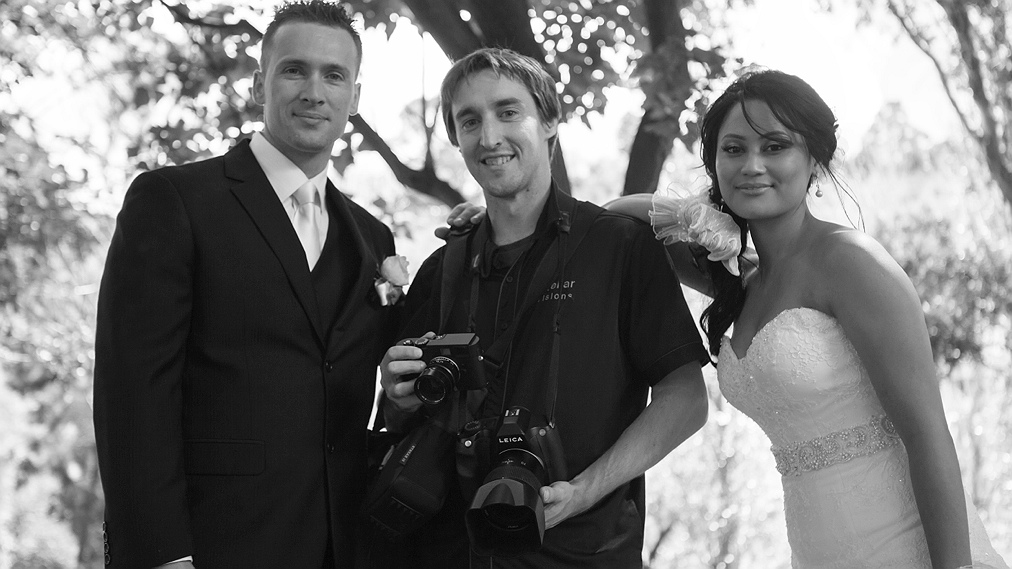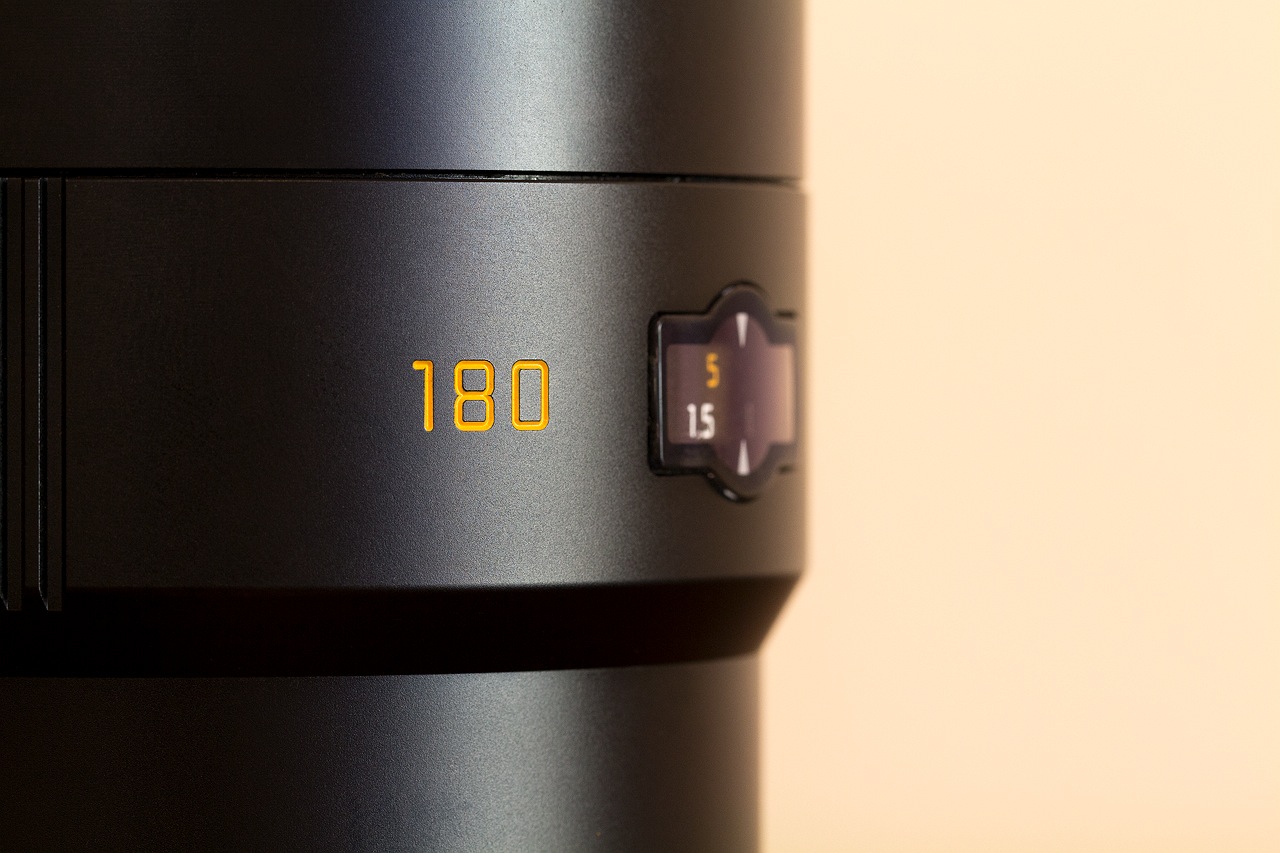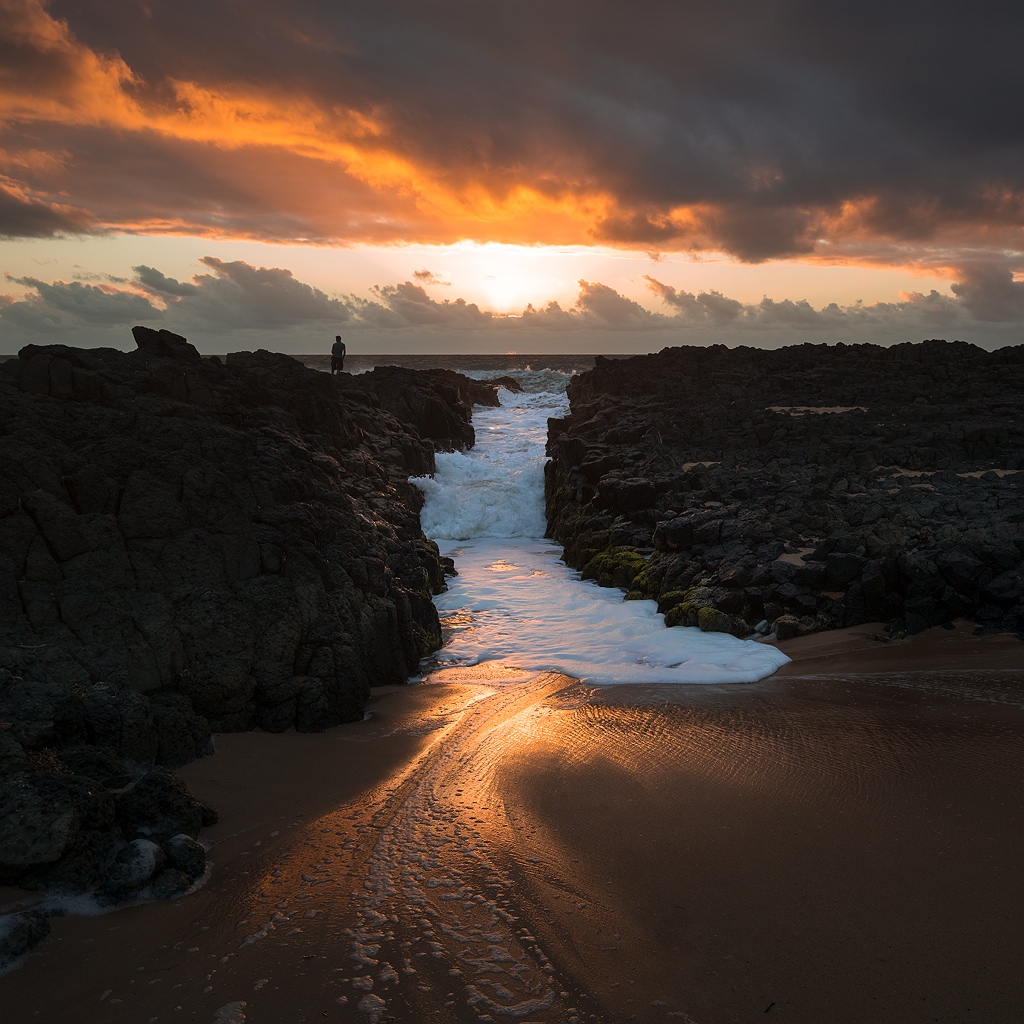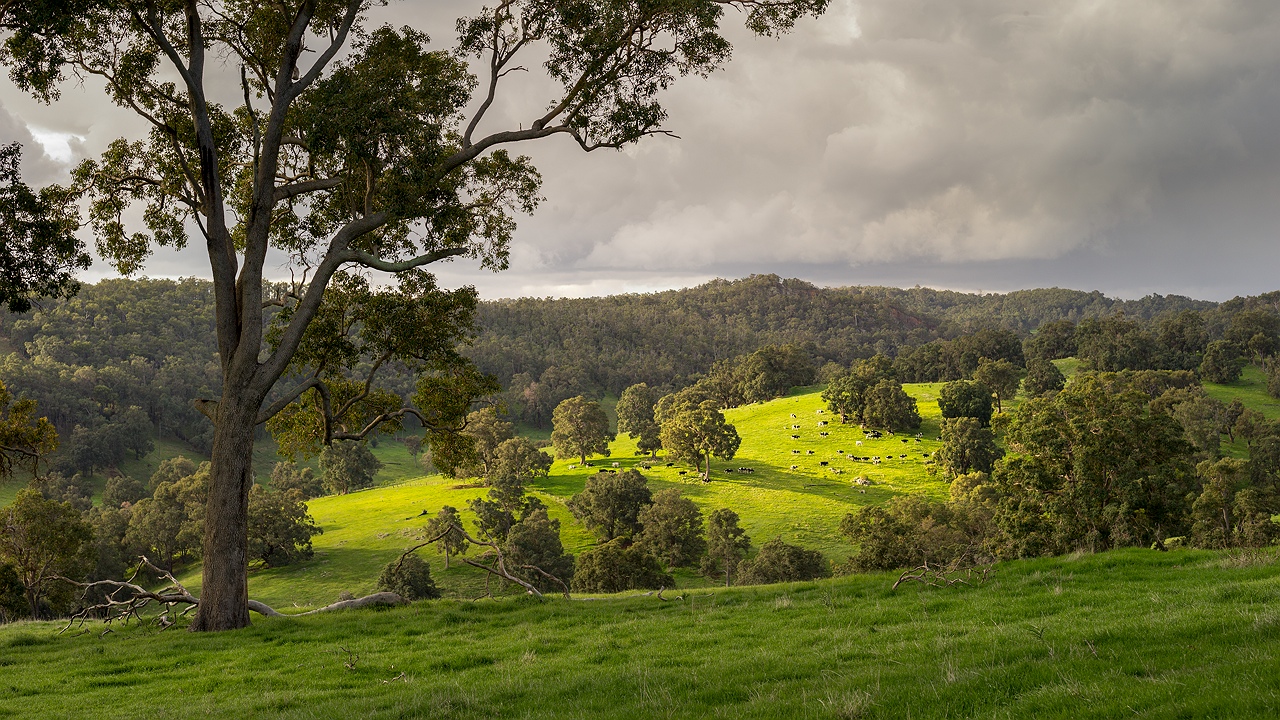It was with apprehension that I took home the Leica M Monochrom camera. After all, I already own the medium format Leica S2, how could a 35mm rangefinder compete? The desire to finally have a play with the black and white only sensor won out and with giddy eyes I pulled it out, along with the Summilux 50mm f/1.4 lens, and started trying it out before Sundays wedding.
I only had two days to get acquainted with it and I’d never used a Leica rangefinder before. It was different. The first image that I previewed on the back of the screen stopped me in my tracks. There it was, the monochrome image, created without the interference of a colour filter array. It hit me; unlike converting a colour digital raw to black and white, there is no colour channels from the sensor to alter luminosity across the frame. I hadn’t thought about that since I stopped shooting film ten years ago.
I was going to have to learn how to do something again that until now I hadn’t even realised I’d forgotten, how to disregard colour and look at tone. Suddenly everything changed, here I was thinking the split screen not-through-the-lens viewfinder was going to be the challenge of this camera, and now I am fighting years of progressively built up bad habits made possible by digital photography’s post production process.
A similar thing happened to me when I purchased the Leica S2. For the first year I grappled with what I could do vs what I should do. Having a camera that removes technical limitations is just as difficult to come to terms with as a camera which introduces them.
In the two days that preceded the Sunday wedding I casually played with the camera, taking photos of my kids and scenes from my country home. It was breathtaking. There was no reason the S2 couldn’t produce a higher resolution, higher quality shot of the same scene, but this camera made photography fun. Not once did I look through menus, or wonder if there were any extra buttons anywhere on the camera. All I cared about was the aperture ring on the lens, the shutter speed dial on top, and more importantly the quality of the light I was looking at through the camera. Unfortunately this only accumulated to about one hundred photos experience.
When the wedding finally arrived I felt like the most accessorised photographer around. Along with my usual Canon cameras (which at this point I am thoroughly not in love with anymore) I also carried with me the Leica S and M systems.
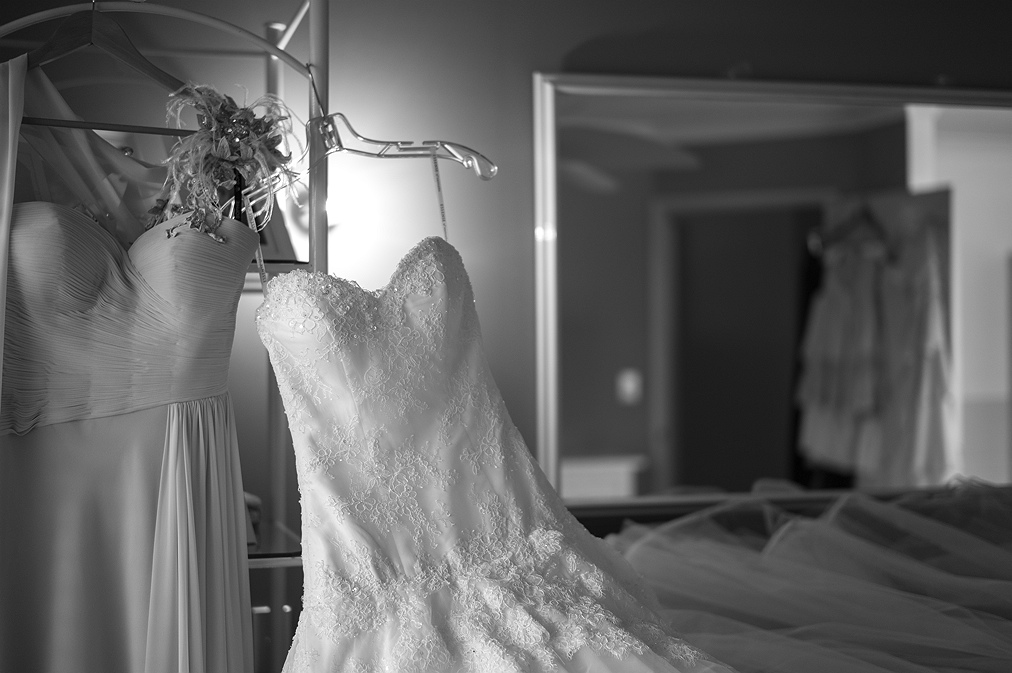
Leica M Monochrom – 50mm – ISO 320 – f/1.4
I could immediately feel the effect of the Monochrom. Everything I did was far more meticulously considered. If I was going to go through the effort of focusing the lens then the image had to be worthwhile and purposeful. Decisions were made long before I put the camera in front of my face. It felt like shooting film again.
I was still unsure of how accurate I was being with focus, but since I was also shooting everything with my usual cameras it didn’t really bother me to take risks.
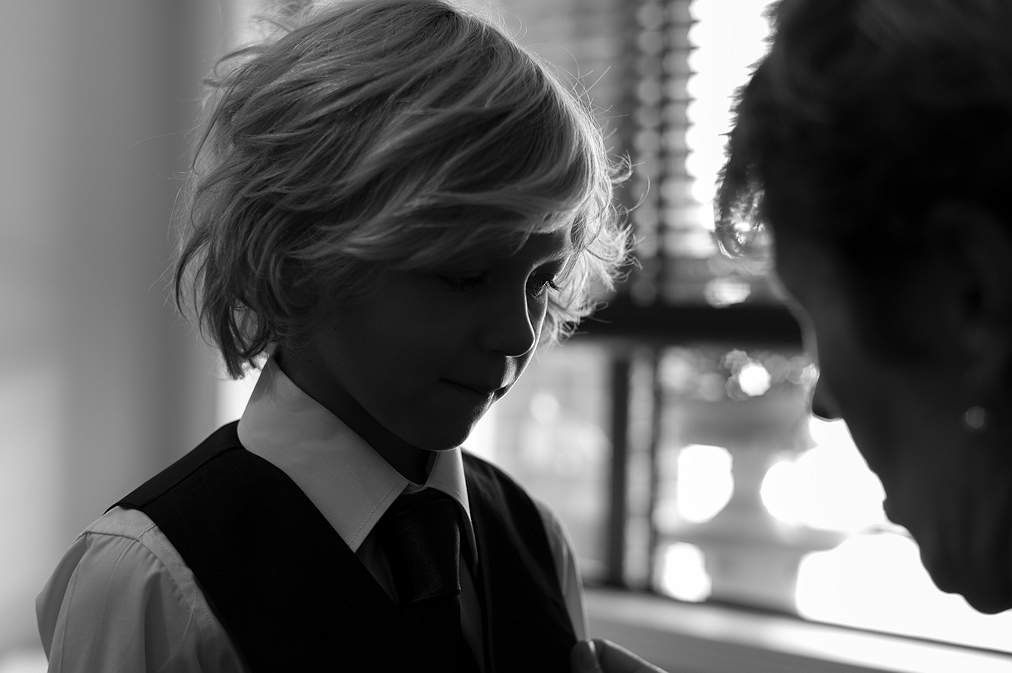
Leica M Monochrom – 50mm – ISO 320 – f/2.8
I was suddenly willing to consider lighting situations I would have previously avoided. While I always love backlight, having backlight as the only point of interest is not something intuitive to me. Had I been shooting in colour, even with the intention of converting to black and white, the knowledge that colour channels would have aided in that conversion would have lead to an entirely different image.
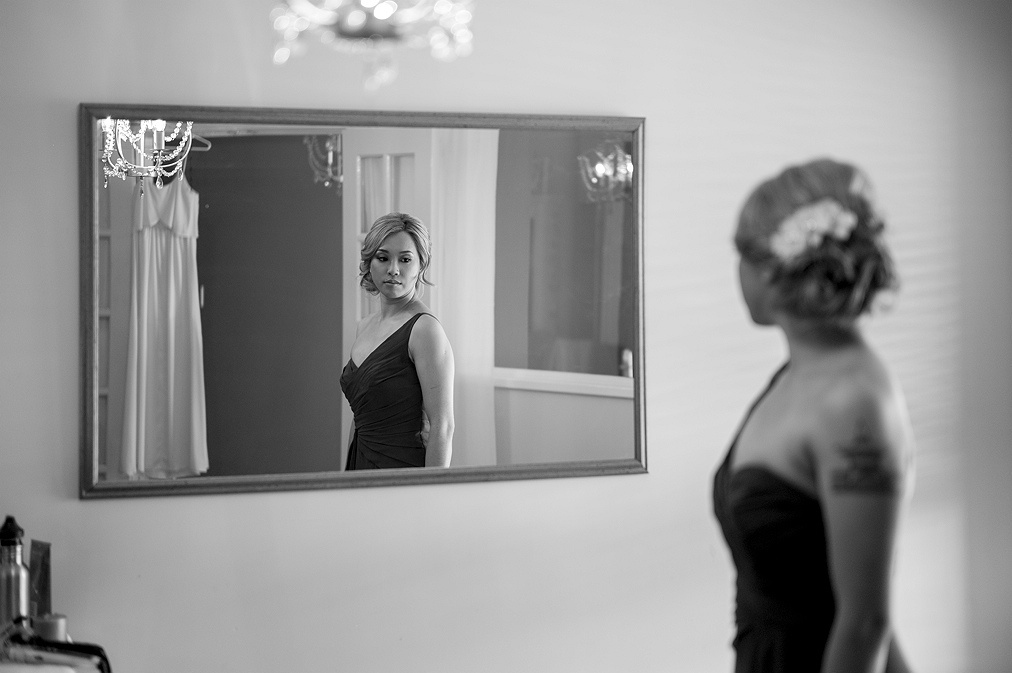
Leica M Monochrom – 50mm – ISO 320 – f/2.0
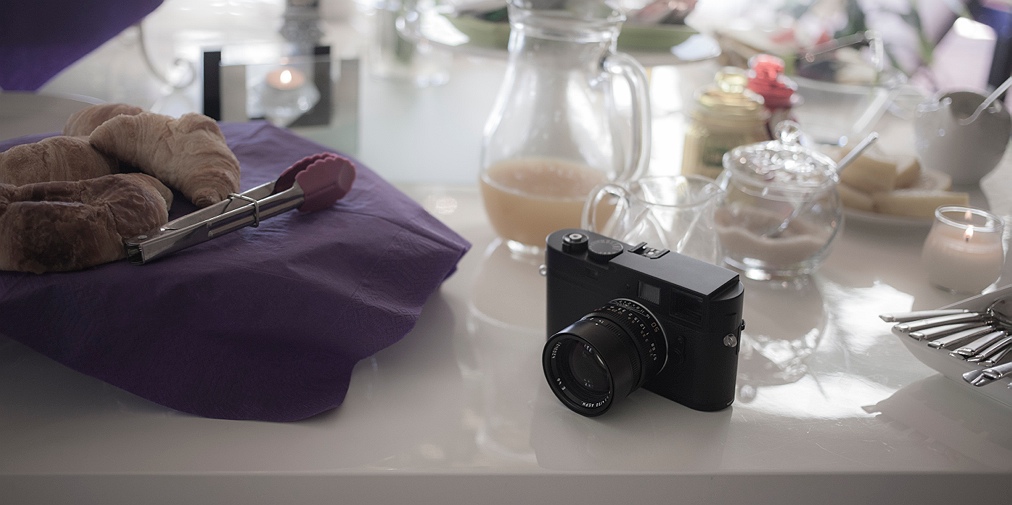
The Leica M Monochrom shares the same body style as all of the Leica rangefinders. They are surprisingly small, but oh so beautiful to hold in your hand. A false assumption of mine was that the lack of visible ergonomics meant the camera wouldn’t feel good in your hands. It is such a perfectly balanced camera. The placement of everything seems very well considered and I naturally found myself holding the camera how I recall seeing others holding it. It is not something that ever needs to be thought of, it just happens.
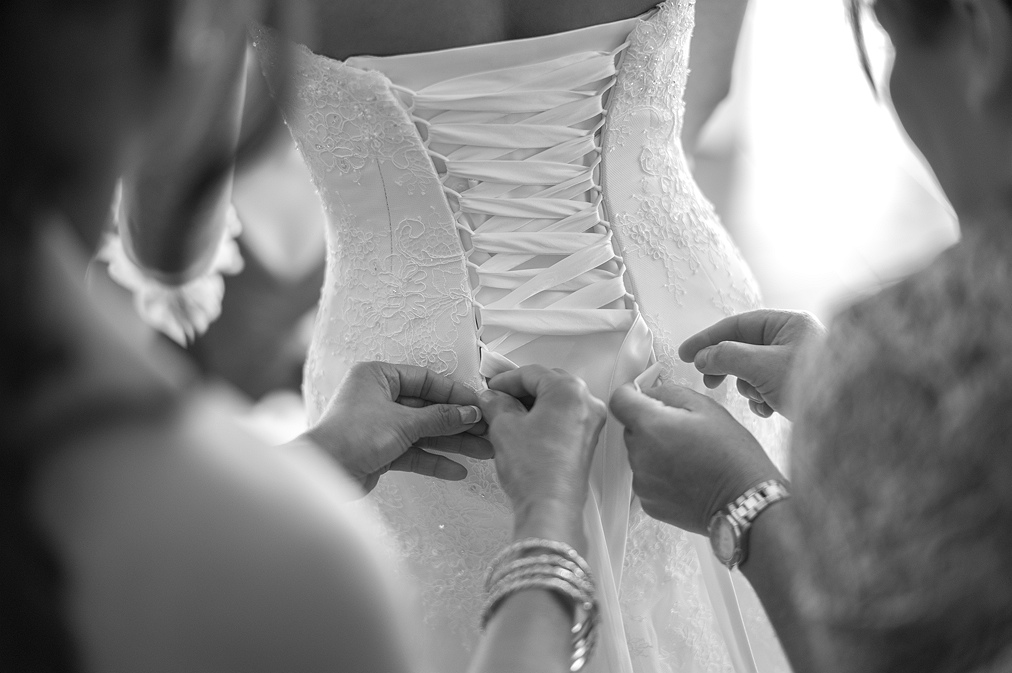
Leica M Monochrom – 50mm – ISO 320 – f/2.0
It was still early in the morning when I came to the conclusion that I was completely nailing the focus. I’ve shot with manual focus lenses for quite some time, but live view has made that an easy pursuit. The split screen was confronting, but so completely natural. Why don’t all cameras have a split screen? I know they are available for the S2, perhaps it is time to buy one.
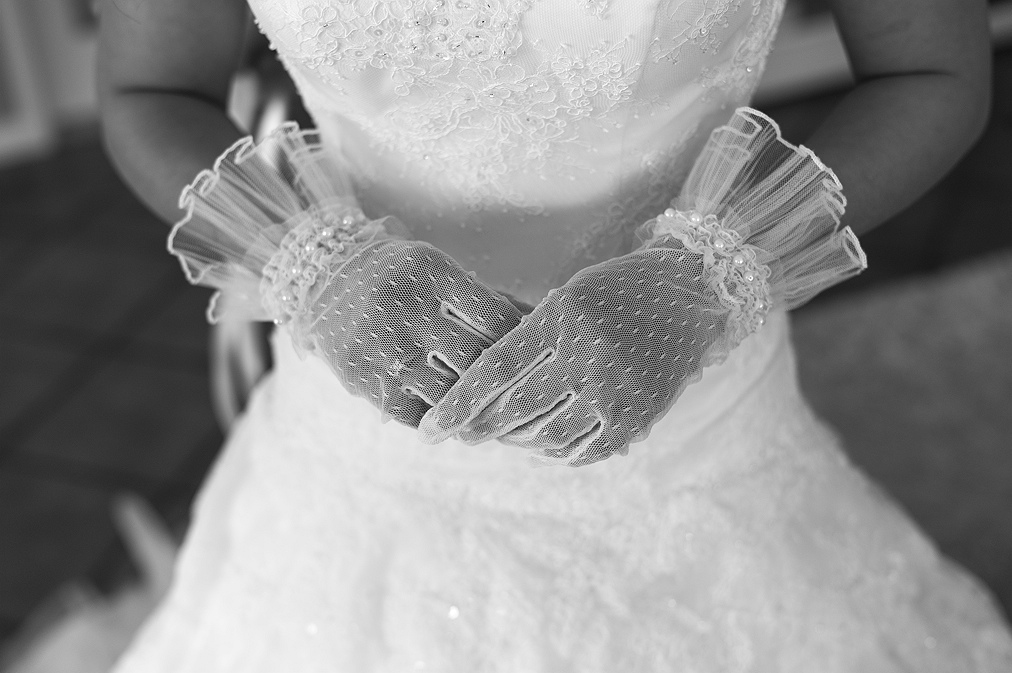
Leica M Monochrom – 50mm – ISO 320 – f/2.8
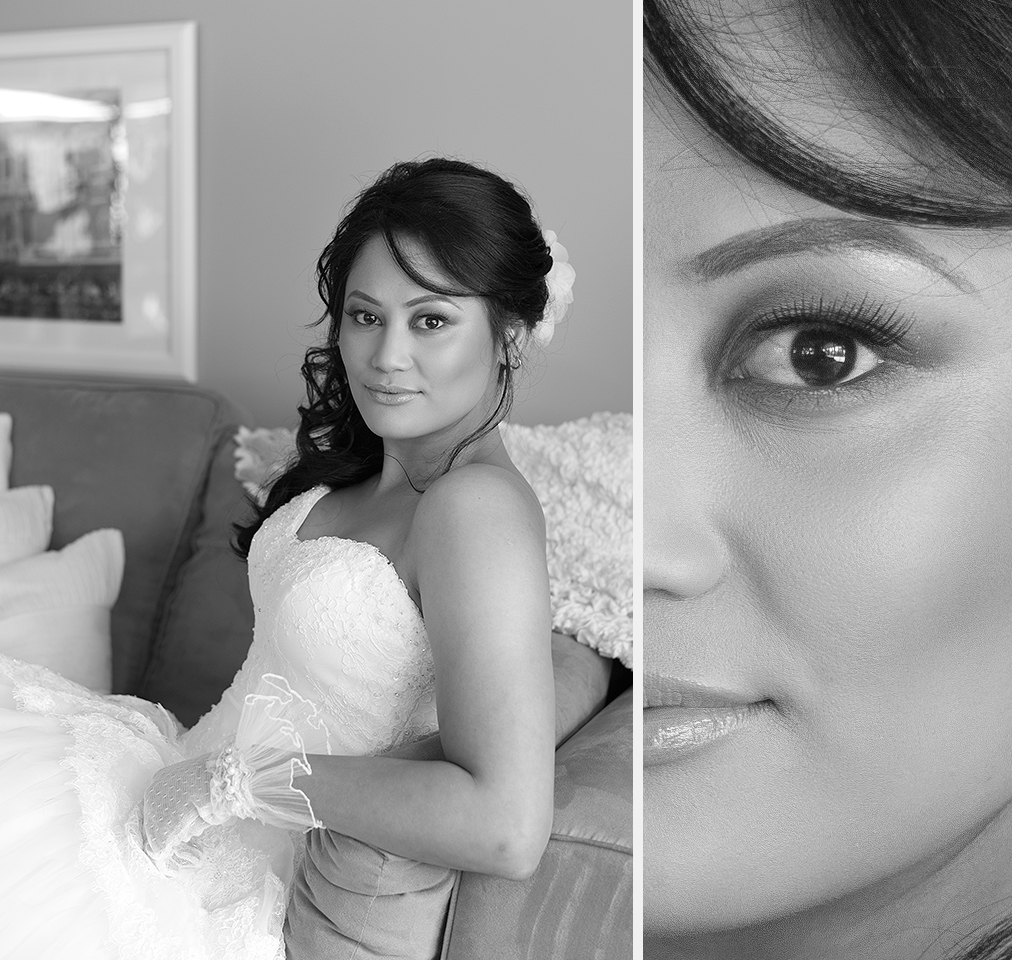
Leica M Monochrom – 50mm – ISO 320 – f/4.0 – With 100% view of eyes.
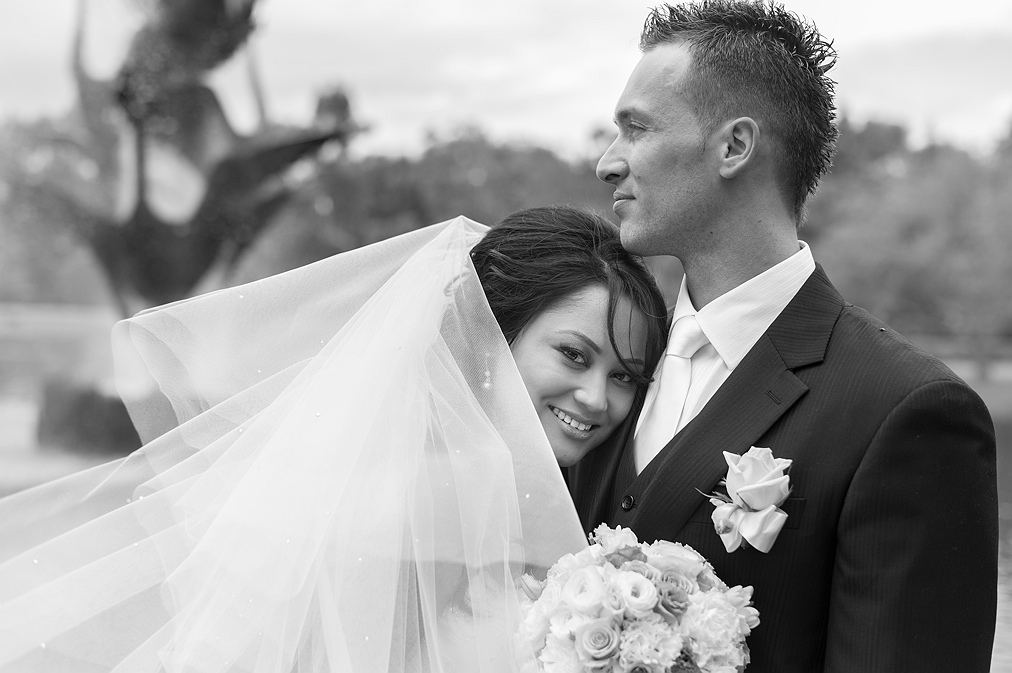
Leica M Monochrom – 50mm – ISO 320 – f/2.8
No camera can take a black and white photo like this one does. What ever photography lost from the transition of film to digital, this camera claims back. Looking at the above image at 100% (below) shows how much resolution is achieved by removing the colour filter array, subsequently removing the need for a demosaicing algorithm.
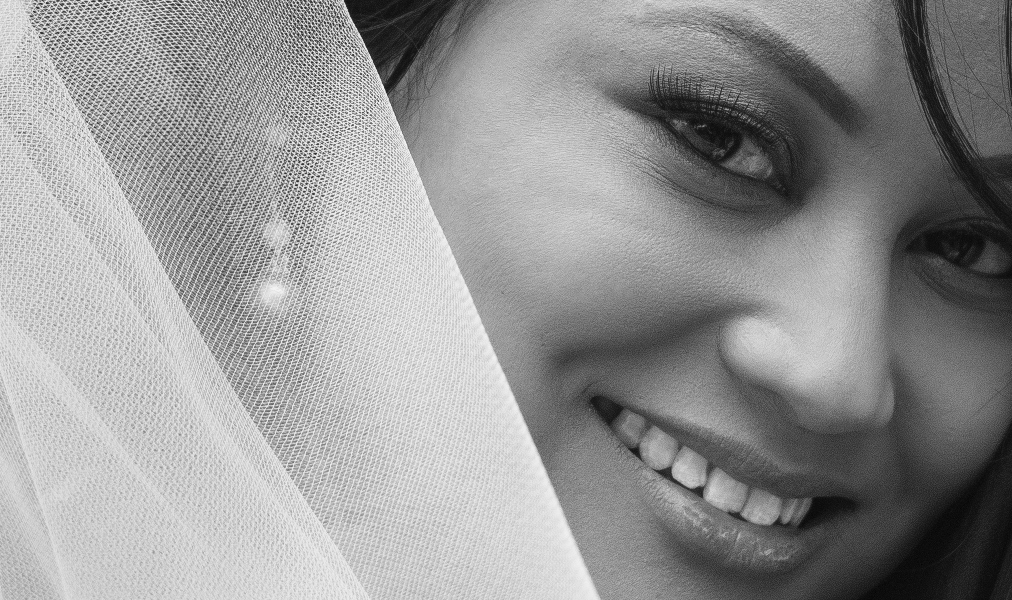
Leica M Monochrom – 50mm – ISO 320 – f/2.8 – 100% crop
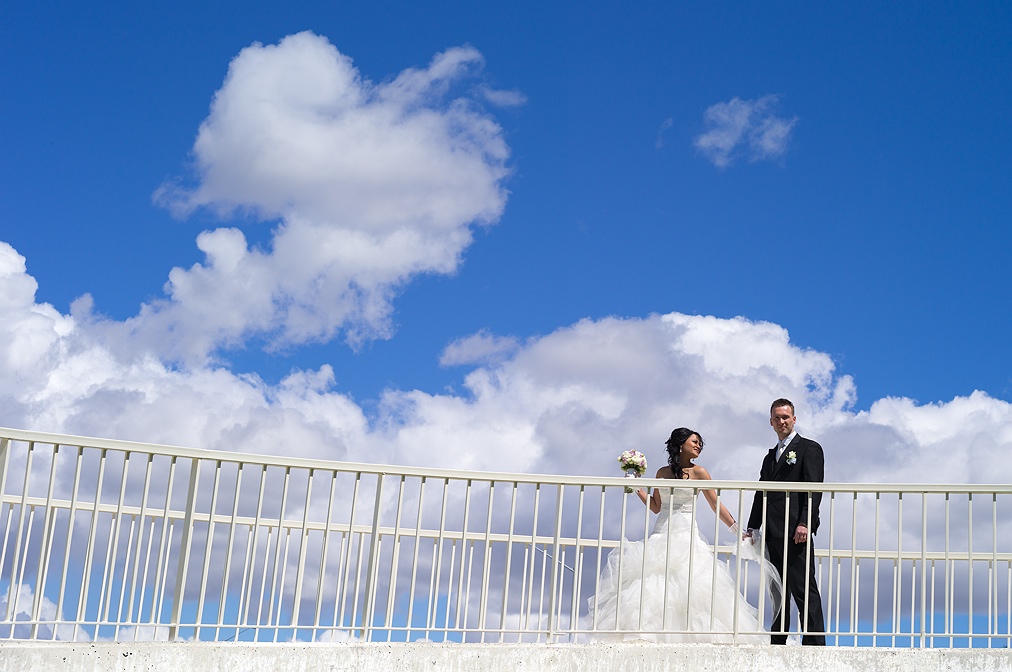
Leica S2 – 70mm – ISO 160 – f/9.5
Switching between what I consider to be the worlds best (only true?) black and white camera and the worlds best colour one is quite an experience. Certainly something I am happy to get used to.
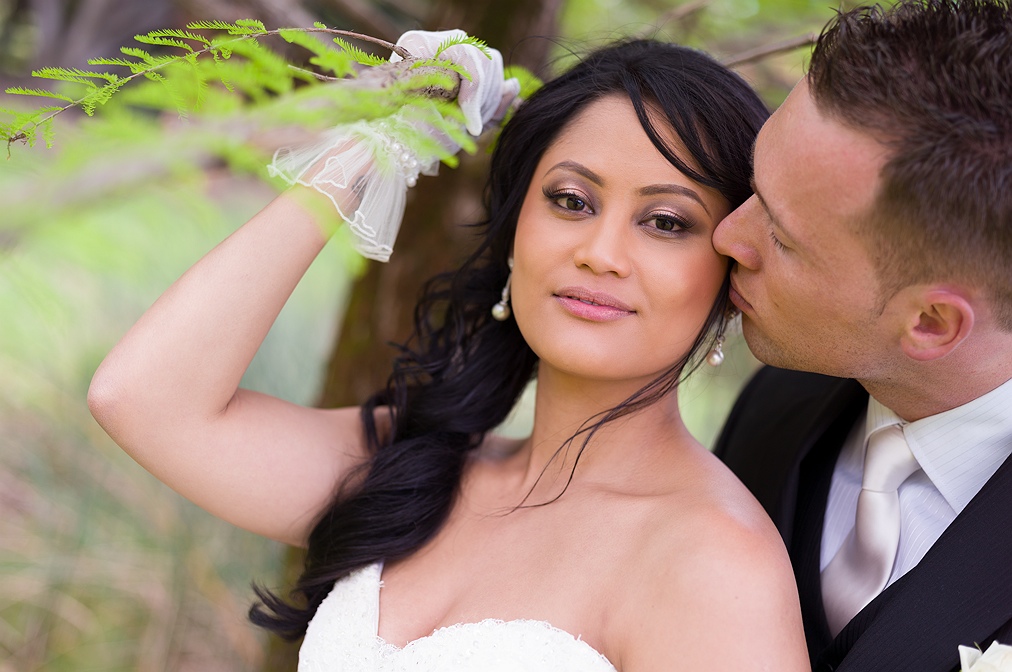
Leica S2 – 70mm – ISO 160 – f/2.5
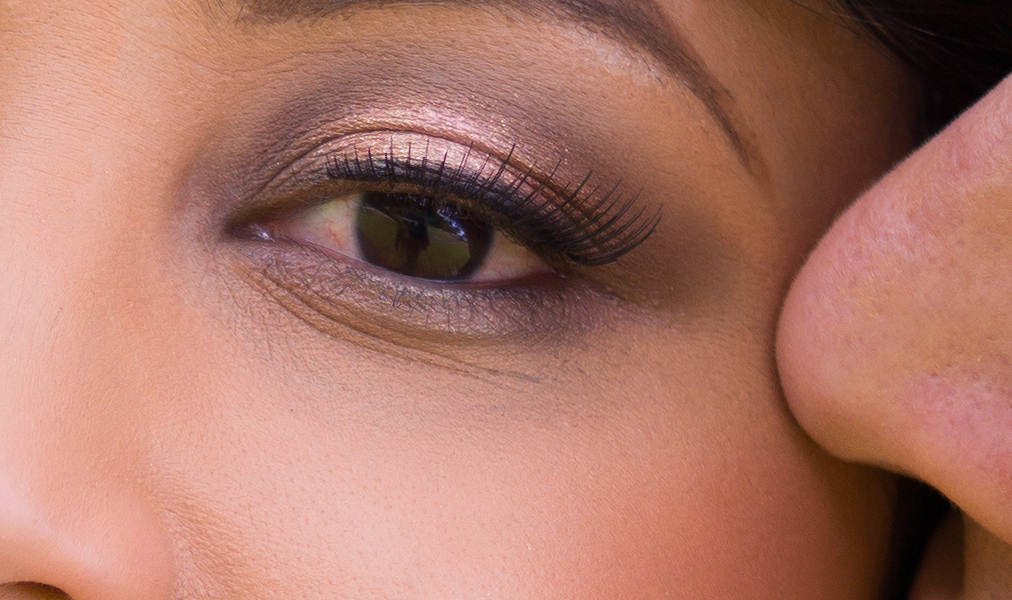
Leica S2 – 70mm – ISO 160 – f/2.5 – 100% crop
100% views of the Leica S2 show the consistent quality that is produced by Leica lenses, and how my own reflection in someones eyes becomes something to think about.
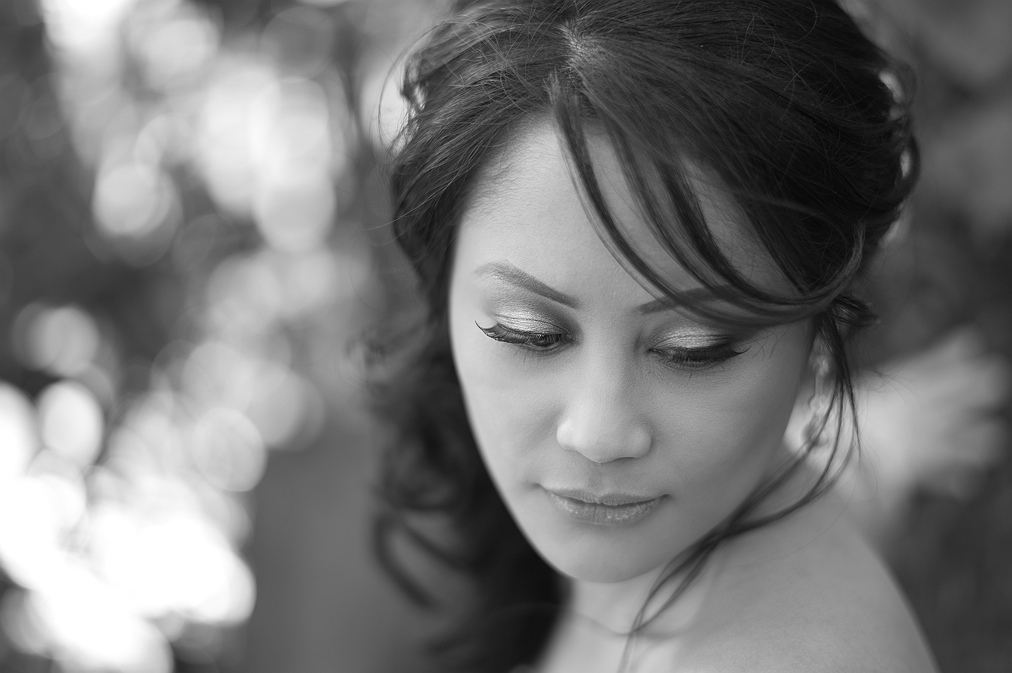
Leica M Monochrom – 50mm – ISO 320 – f/2.0
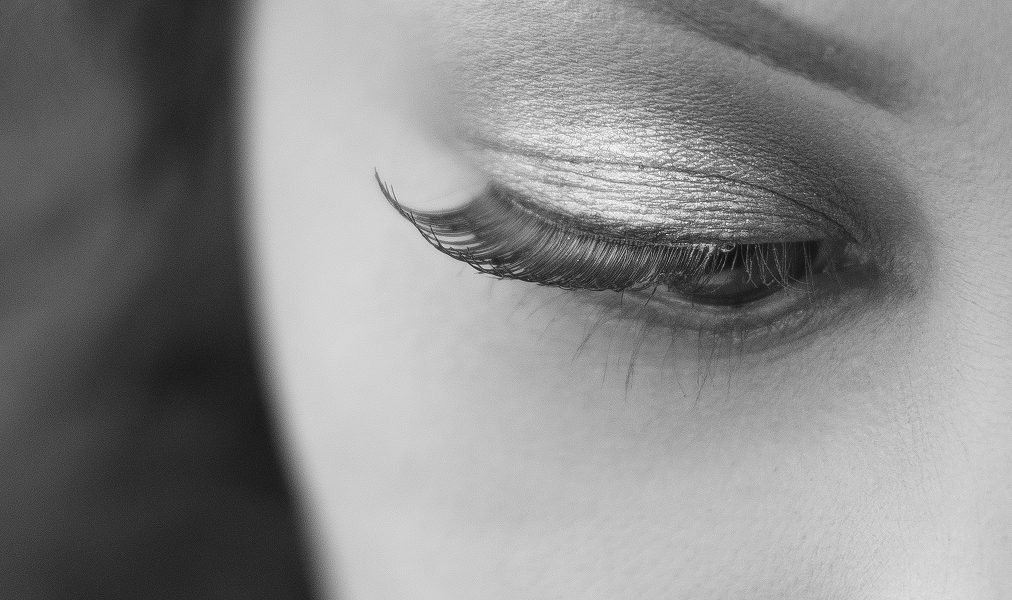
Leica M Monochrom – 50mm – ISO 320 – f/2.0 – 100% crop
The Summilux 50mm f/1.4 lens is already sharper than you could realistically ask of a lens. Add the astonishing transition from in focus to out of focus areas and you have a lens which begs the question; how could the f/0.95 Noctilux get any better? Apparently it does.
The benefit to using both the S and M systems is the purposeful experience of the M rangefinder compared to the responsiveness of the S’s SLR body and autofocus.
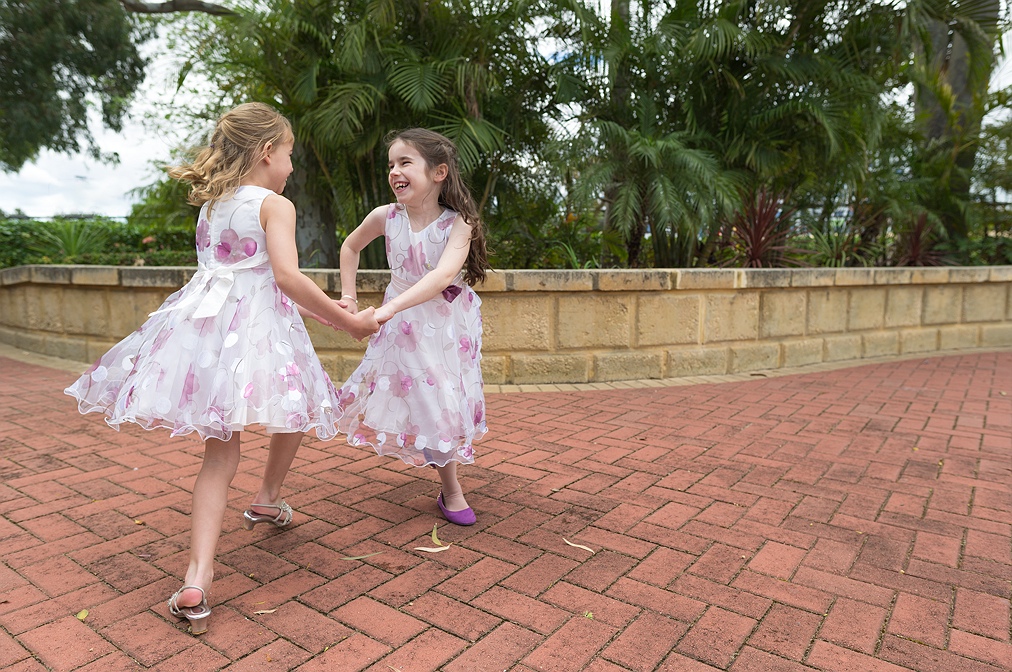
Leica S2 – 30mm – ISO 160 – f/4
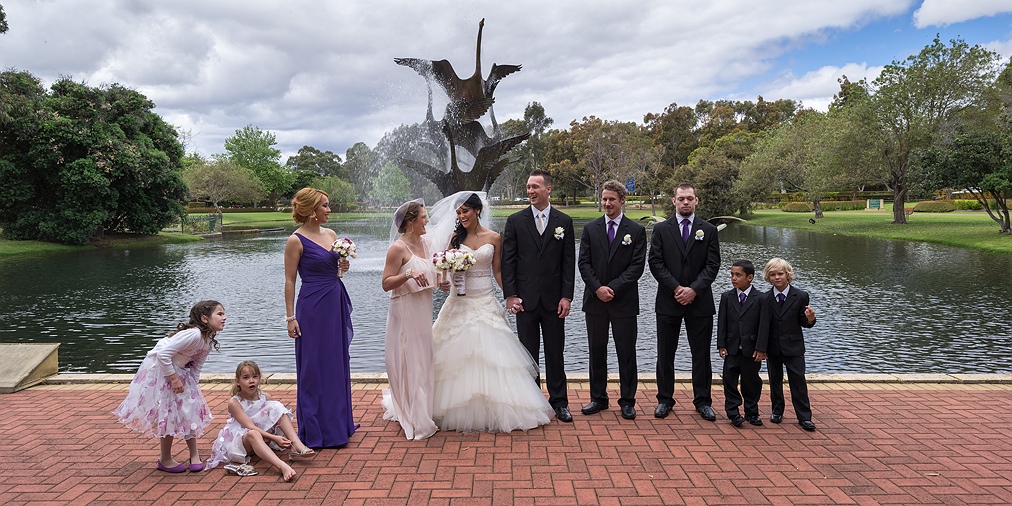
Leica S2 – 30mm – ISO 160 – f/13
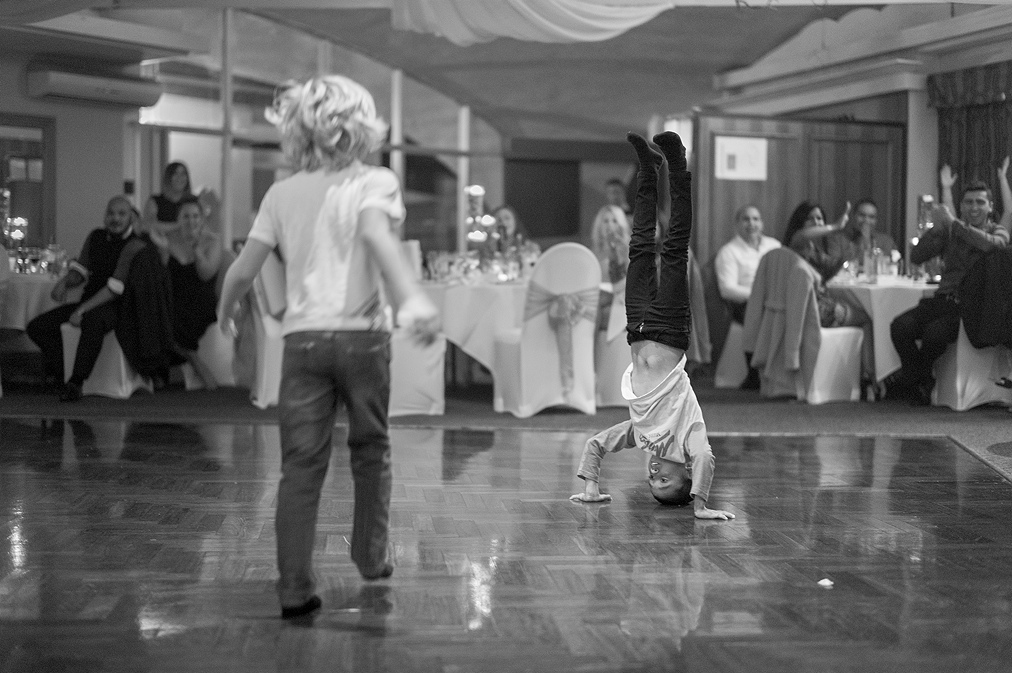
Leica M Monochrom – 50mm – ISO 1600 – f/1.4
Something that I was perhaps incorrectly informed on was the inability of the Leica M to shoot with higher ISO’s. The M Monochrom was terrific in the dark. ISO 1600 produced results that I wouldn’t hesitate to print large even without any noise reduction. I also came to love the split screen focusing here compared to unreliable DSLR’s.
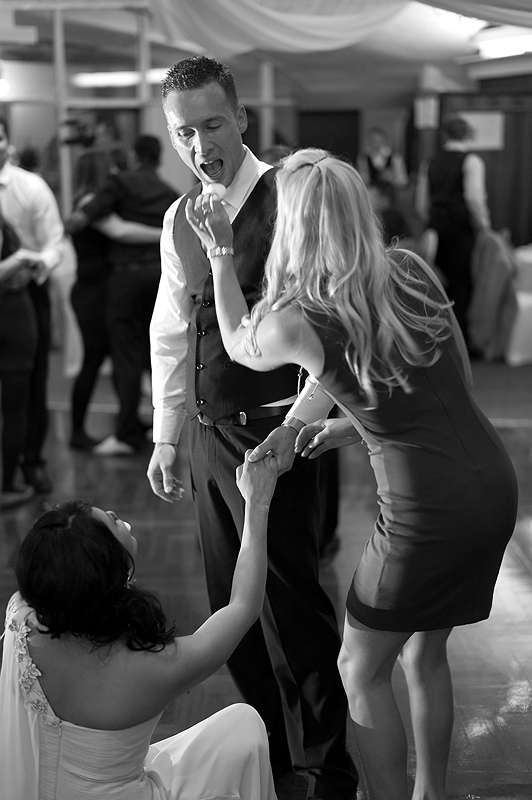
Leica M Monochrom – 50mm – ISO 1600 – f/1.4
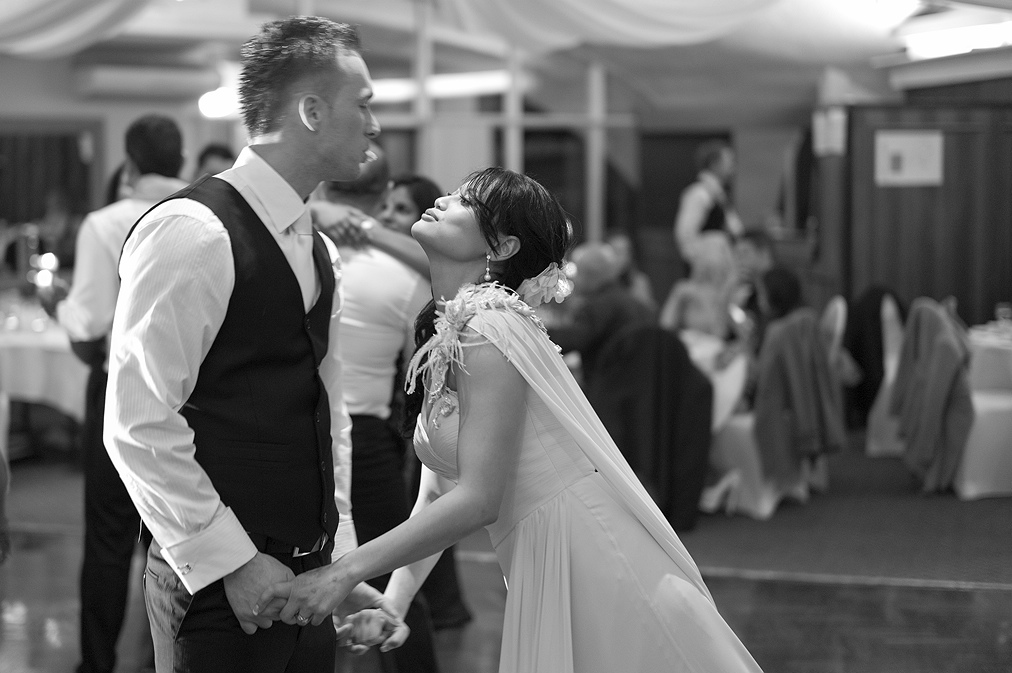
Leica M Monochrom – 50mm – ISO 1600 – f/1.4
My gut reaction to the Leica M Monochrom was that it was an essential piece of kit for anyone who takes black and white photography seriously. You just can’t beat it. But on further thinking what this camera really gave me was a reminder of what good photography is all about.
Photography is the interplay of light and shadows. The story of a photograph plays out between these lines. Even photographers who unashamedly chase vivid colour can’t ignore that all photos must first look good in black and white before they can look good in colour. After just a single wedding with the Leica M Monochrom I am reminded of this important fact and for that I am grateful that Leica had the courage to produce such an astoundingly niche product.
The ability to use cameras such as this requires a considerable amount of business risk. Obviously they are not cheap, and so the funding of such a device is spread over a large amount of work, especially for a wedding photographer. It would be impossible for me to be able to take these risks without the business relationship that I have with PRA Imaging here in Perth. I first walked into their store as a year 12 student in 2003, 10 years ago. Since then I have been able to make bold choices on the type of equipment I purchase, including the Leica S2, thanks to knowing I can rely on them for the post-sales support they do so well. This is me taking my opportunity to thank them and remind professional photographers that our long term interests lie in supporting local camera stores who understand our needs.
